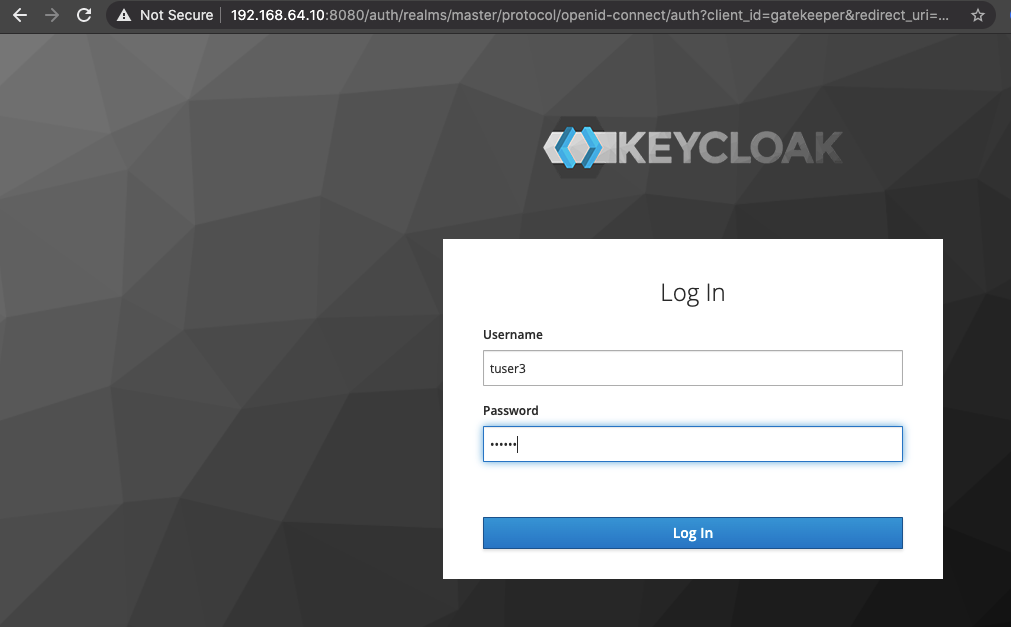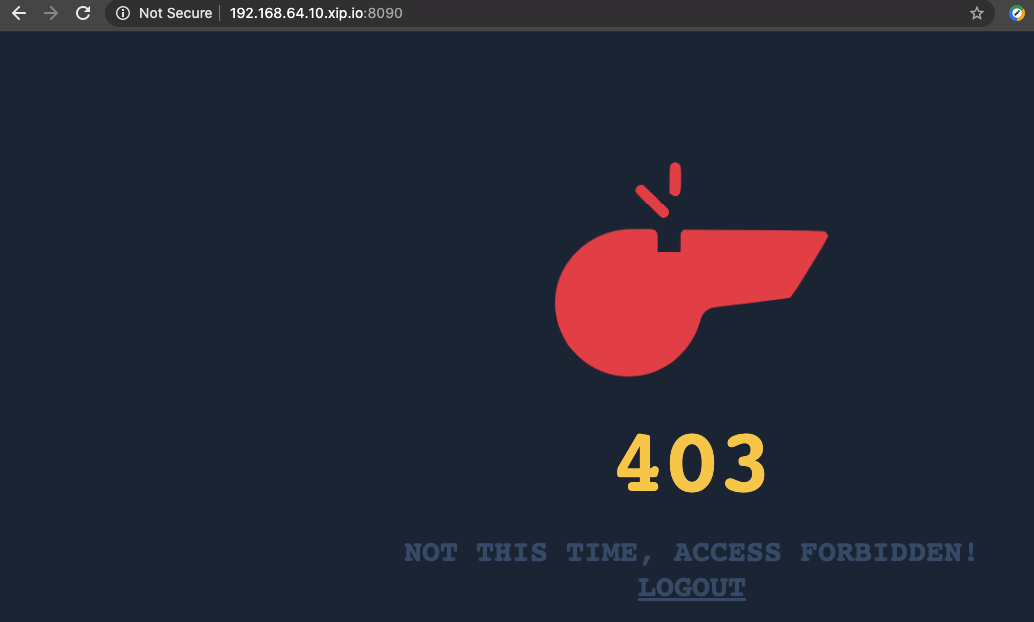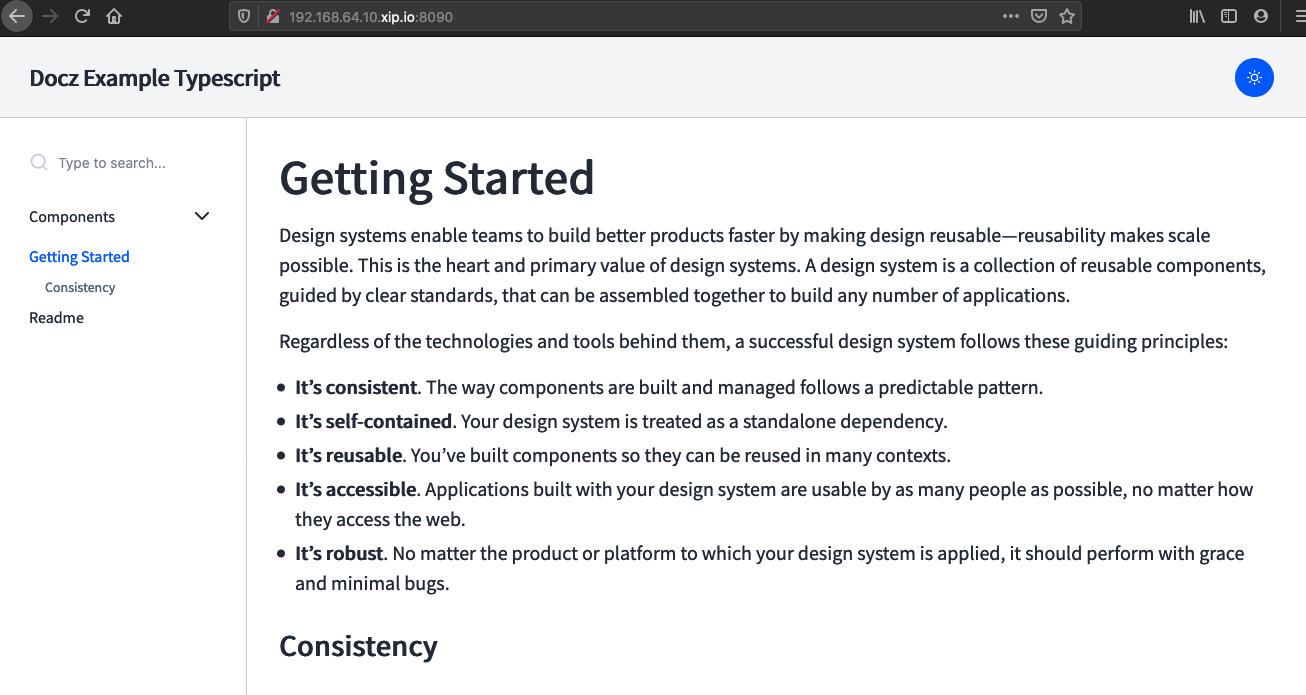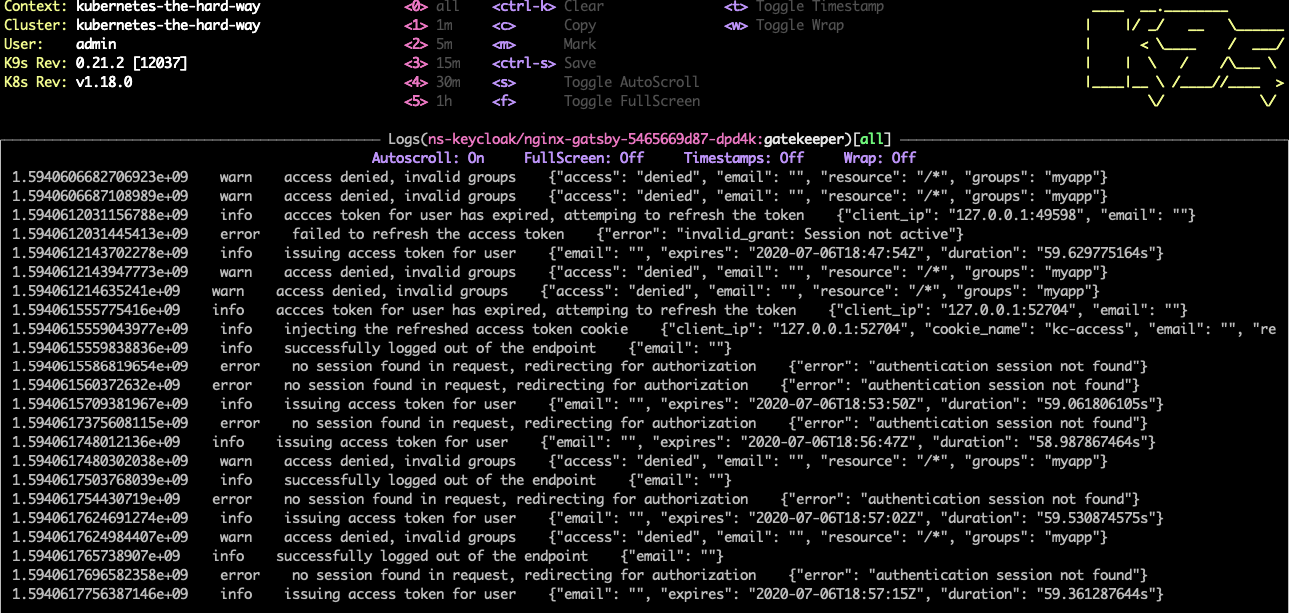
Nomad setup for multi node development server
Nomad setup with standalone Nomad Server with multiple worker nodes without use of Consul. Let see at high level, what …

Welcome to Part-2 of “Authenticating web applications using OpenID Connect without having to change to app code”
I am going to follow this article from openshift to setup and configure OpenID-Client Client
Here is the summary of things that you need to perform and you could follow the above article.
You have to create the following using the admin console of Keycloak server
Note: You may use “master” realm or create your own realm say “local”
For this example, I am going to stick with default “master” realm.
I did not use Ingress but instead leveraged kubectl port-forward feature to expose both keycloak server url as well as the keycloak gateway sidecar.
For this example, I used my gatsby application container as sample web application. This is simple static documentation application hosted in Nginx Server. The docker image can be found under the docker hub https://hub.docker.com/repository/docker/livecontainer/nginx-gatsby-sample
For more information about this image please refer my git repo here
Here are the resource definition files for deploying applications, sidecar/gatekeeper in kubernetes cluster.
---
apiVersion: apps/v1
kind: Deployment
metadata:
name: nginx-gatsby
namespace: ns-keycloak
spec:
replicas: 1
selector:
matchLabels:
app: nginx-gatsby
template:
metadata:
labels:
app: nginx-gatsby
spec:
containers:
- name: nginx-gatsby
image: livecontainer/nginx-gatsby-sample:latest
resources:
limits:
cpu: "1"
memory: 512Mi
requests:
cpu: "0.5"
- name: gatekeeper
image: carlosedp/keycloak-gatekeeper:latest
resources:
limits:
cpu: "1"
memory: 512Mi
requests:
cpu: "0.5"
args:
- --config=/etc/keycloak-gatekeeper.conf
ports:
- containerPort: 3000
name: service
volumeMounts:
- name: gatekeeper-config
mountPath: /etc/keycloak-gatekeeper.conf
subPath: keycloak-gatekeeper.conf
- name: gatekeeper-files
mountPath: /html
volumes:
- name: gatekeeper-config
configMap:
name: gatekeeper-config
- name: gatekeeper-files
configMap:
name: gatekeeper-files
---
apiVersion: v1
kind: ConfigMap
metadata:
name: gatekeeper-config
namespace: ns-keycloak
data:
keycloak-gatekeeper.conf: |+
# is the url for retrieve the OpenID configuration - normally the <server>/auth/realms/<realm_name>
discovery-url: http://10.32.0.198:8080/auth/realms/master
# skip tls verify
skip-openid-provider-tls-verify: true
# the client id for the 'client' application
client-id: gatekeeper
# the secret associated to the 'client' application
client-secret: 23b73a87-92d9-4be6-b7b5-62b16d03b9d6
# the interface definition you wish the proxy to listen, all interfaces is specified as ':<port>', unix sockets as unix://<REL_PATH>|</ABS PATH>
listen: :3000
# whether to enable refresh tokens
enable-refresh-tokens: true
# the location of a certificate you wish the proxy to use for TLS support
tls-cert:
# the location of a private key for TLS
tls-private-key:
# the redirection url, essentially the site url, note: /oauth/callback is added at the end
redirection-url: http://192.168.64.10.xip.io:8090
secure-cookie: false
# the encryption key used to encode the session state
encryption-key: vGcLt8ZUdPX5fXhtLZaPHZkGWHZrT6aa
# the upstream endpoint which we should proxy request
upstream-url: http://127.0.0.1:80/
forbidden-page: /html/access-forbidden.html
resources:
- uri: /*
groups:
- myapp
---
apiVersion: v1
kind: ConfigMap
metadata:
name: gatekeeper-files
namespace: ns-keycloak
data:
access-forbidden.html: |+
<html lang="en"><head> <title>Access Forbidden</title><style>*{font-family: "Courier", "Courier New", "sans-serif"; margin:0; padding: 0;}body{background: #233142;}.whistle{width: 20%; fill: #f95959; margin: 100px 40%; text-align: left; transform: translate(-50%, -50%); transform: rotate(0); transform-origin: 80% 30%; animation: wiggle .2s infinite;}@keyframes wiggle{0%{transform: rotate(3deg);}50%{transform: rotate(0deg);}100%{transform: rotate(3deg);}}h1{margin-top: -100px; margin-bottom: 20px; color: #facf5a; text-align: center; font-size: 90px; font-weight: 800;}h2, a{color: #455d7a; text-align: center; font-size: 30px; text-transform: uppercase;}</style> </head><body> <use> <svg version="1.1" xmlns="http://www.w3.org/2000/svg" xmlns:xlink="http://www.w3.org/1999/xlink" x="0px" y="0px" viewBox="0 0 1000 1000" enable-background="new 0 0 1000 1000" xml:space="preserve" class="whistle"><g><g transform="translate(0.000000,511.000000) scale(0.100000,-0.100000)"><path d="M4295.8,3963.2c-113-57.4-122.5-107.2-116.8-622.3l5.7-461.4l63.2-55.5c72.8-65.1,178.1-74.7,250.8-24.9c86.2,61.3,97.6,128.3,97.6,584c0,474.8-11.5,526.5-124.5,580.1C4393.4,4001.5,4372.4,4001.5,4295.8,3963.2z"/><path d="M3053.1,3134.2c-68.9-42.1-111-143.6-93.8-216.4c7.7-26.8,216.4-250.8,476.8-509.3c417.4-417.4,469.1-463.4,526.5-463.4c128.3,0,212.5,88.1,212.5,224c0,67-26.8,97.6-434.6,509.3c-241.2,241.2-459.5,449.9-488.2,465.3C3181.4,3180.1,3124,3178.2,3053.1,3134.2z"/><path d="M2653,1529.7C1644,1445.4,765.1,850,345.8-32.7C62.4-628.2,22.2-1317.4,234.8-1960.8C451.1-2621.3,947-3186.2,1584.6-3500.2c1018.6-501.6,2228.7-296.8,3040.5,515.1c317.8,317.8,561,723.7,670.1,1120.1c101.5,369.5,158.9,455.7,360,553.3c114.9,57.4,170.4,65.1,1487.7,229.8c752.5,93.8,1392,181.9,1420.7,193.4C8628.7-857.9,9900,1250.1,9900,1328.6c0,84.3-67,172.3-147.4,195.3c-51.7,15.3-790.8,19.1-2558,15.3l-2487.2-5.7l-55.5-63.2l-55.5-61.3v-344.6V719.8h-411.7h-411.7v325.5c0,509.3,11.5,499.7-616.5,494C2921,1537.3,2695.1,1533.5,2653,1529.7z"/></g></g></svg></use><h1>403</h1><h2>Not this time, access forbidden!</h2><h2><a href="/oauth/logout?redirect=https://google.com">Logout</h2></body></html>
---
After successfully applying the yamls you should see sample web app pod running with service deployed.
kubectl get all -n ns-keycloak
NAME READY STATUS RESTARTS AGE
pod/nginx-gatsby-5465669d87-dpd4k 2/2 Running 0 39m
NAME TYPE CLUSTER-IP EXTERNAL-IP PORT(S) AGE
service/nginx-gatsby NodePort 10.32.0.53 <none> 80:30974/TCP 100m
NAME READY UP-TO-DATE AVAILABLE AGE
deployment.apps/nginx-gatsby 1/1 1 1 39m
NAME DESIRED CURRENT READY AGE
replicaset.apps/nginx-gatsby-5465669d87 1 1 1 39m
Ensure the two port-forwards are running and now you could hit the gatekeeper sidecar url.
Now, I am going show you “Access denied” to the application. To show this, I will use “tuser3” which does not belong to group “myapp”.


After you login you will not be able to access the sample web application that is hosted along with the gatekeeper container


Now try login using the user credentials “tuser1”, who belong to the group “myapp”. You will be sucessfully authenticated and the sidecar would redirect the url to the actual application.


Here is the view of the gatekeeper container logs

 Conclusion:
Conclusion:
This shows how you can leverage the Identity and access management tools to authenticate applications without having to write single line of code in the web application. This leverages the kubernetes distributed design of containers and pods. Additionaly if you are looking for consealing the applications further you can look at enforcing pod newtork polices as well as look at leveraging service mesh technology to enforce more security controls.

Nomad setup with standalone Nomad Server with multiple worker nodes without use of Consul. Let see at high level, what …

I am writing an enhanced tutorial for deploying kubernetes cluster on a limited resource system. Highlights: This …